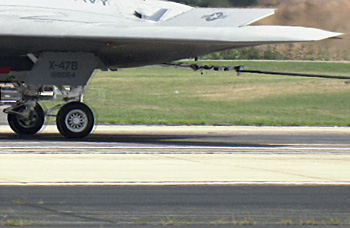INDIAN ARMED FORCES CHIEFS ON OUR RELENTLESS AND FOCUSED PUBLISHING EFFORTS

The insightful articles, inspiring narrations and analytical perspectives presented by the Editorial Team, establish an alluring connect with the reader. My compliments and best wishes to SP Guide Publications.

"Over the past 60 years, the growth of SP Guide Publications has mirrored the rising stature of Indian Navy. Its well-researched and informative magazines on Defence and Aerospace sector have served to shape an educated opinion of our military personnel, policy makers and the public alike. I wish SP's Publication team continued success, fair winds and following seas in all future endeavour!"

Since, its inception in 1964, SP Guide Publications has consistently demonstrated commitment to high-quality journalism in the aerospace and defence sectors, earning a well-deserved reputation as Asia's largest media house in this domain. I wish SP Guide Publications continued success in its pursuit of excellence.
- Indian Air Force Aims for Full Indigenous Inventory by 2047 — Air Chief Marshal A.P. Singh
- General Upendra Dwivedi takes over as the Chief of the Army Staff
- Rajnath Singh assumes charge as Defence Minister for the second consecutive term
- Admiral Dinesh K. Tripathi assumes Command of the Indian Navy as 26th Chief of the Naval Staff
- Prime Minister witnesses 'Bharat Shakti' – a Tri-Services Firing and Manoeuvre Exercise in Pokhran, Rajasthan
X-47B UCAV flies with arrester hook for carrier trials

The Fleet Readiness Center South West (FRCSW) in California surpassed the call of its traditional line of work to rapidly manufacture parts for a new, unmanned demonstrator aircraft being tested here.
In late spring, a team from Patuxent River, Maryland, called on FRCSW at Naval Air Station North Island to redesign the hook point for the first unmanned aircraft designed to operate in and around an aircraft carrier — the X-47B unmanned combat air system (UCAS).
To land on the flight deck of a carrier, aircraft need a tailhook to catch one of four arresting wires. When unsuccessful roll-in arrestment tests of the X-47B revealed the need for a modified hook point, the team needed to come up with a plan to make the modifications in order to perform arrested landings and catapult launches this fall.
“We reached out to the team at North Island because of their proven history of providing critically needed aircraft components with very short response times,” said Capt. Jaime Engdahl, Navy UCAS programme manager at Pax River. “They have repaired, modified and delivered thousands of high quality aircraft components to the fleet. We knew they could get the job done.”
“The hook point is a fracture critical safety item so you’ve got to do the job right. You have to create them correctly,” said Mike Grice, FRCSW Systems Engineering Department head.





